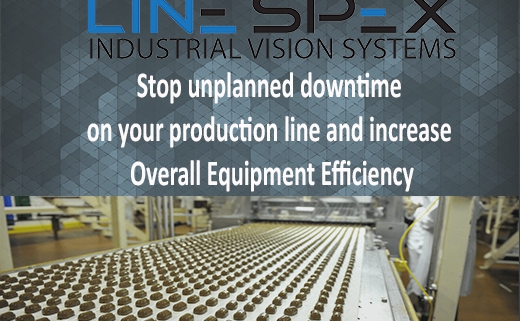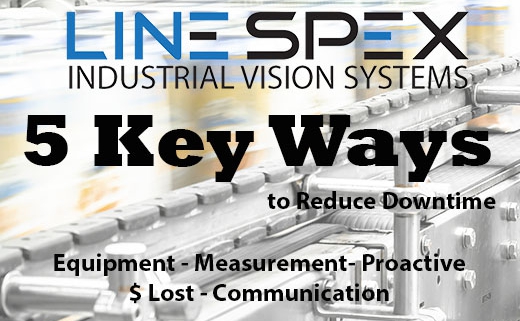
Whether you’re a manufacturing professional or an aspiring employee trying to reap the rewards of increasing equipment efficiency, you probably cringe when you hear the words ‘unplanned downtime’.
I once spoke to a continuous improvement professional that told us his manager’s Achilles Heel was hearing someone say ‘we had an unplanned stop. “Say that term to him three times,” he joked “and his heart would stop.”
No matter if you’re in charge of efficiency at the plant level or at the corporate level, no one likes to hear that their machines aren’t running efficiently. Most often, however, there are multiple actions that can be taken to improve the machine’s throughput.
On a recent facility walk-through, the individual responsible for efficiency & output showed us their stops and how it was affecting Overall Equipment Efficiency (OEE). This multi-billion international corporation had a system that tracked overall efficiency and showed it on a scoreboard-style display. Prior to our solution their OEE was running at 87%, which for most is superb, but they were aiming for 90% –the standard for their organization.
Many facilities tend to place the blame for efficiencies on human-error related issues that were being written off as machine-related issues. But when an organization is capable of the view of a specific issue, they can correctly categorize downtime. A 3% increase in efficiency does not seem like a daunting task but when you take into account that the facility is already quite efficient it seems like an uphill battle that can’t be won.
With the use of LineSpex they were able to assess the set up and provide an integrated machine vision solution to aid in pin pointing the root cause of stops.
Immediately following the implementation of the LineSpex’s solution the manufacturer was able to use the data to employ changes to increase OEE. Part of the issue was upstream machines were running faster than the downstream machines were able to handle, and overtime, caused a jam.
By implementing Linespex’s integrated machine vision solution, it had quickly found a solution that saved the manufacturing plant thousands of dollars within the first week. Resulting in an increase in OEE, making the plant a more efficient and lean running manufacturing facility.


